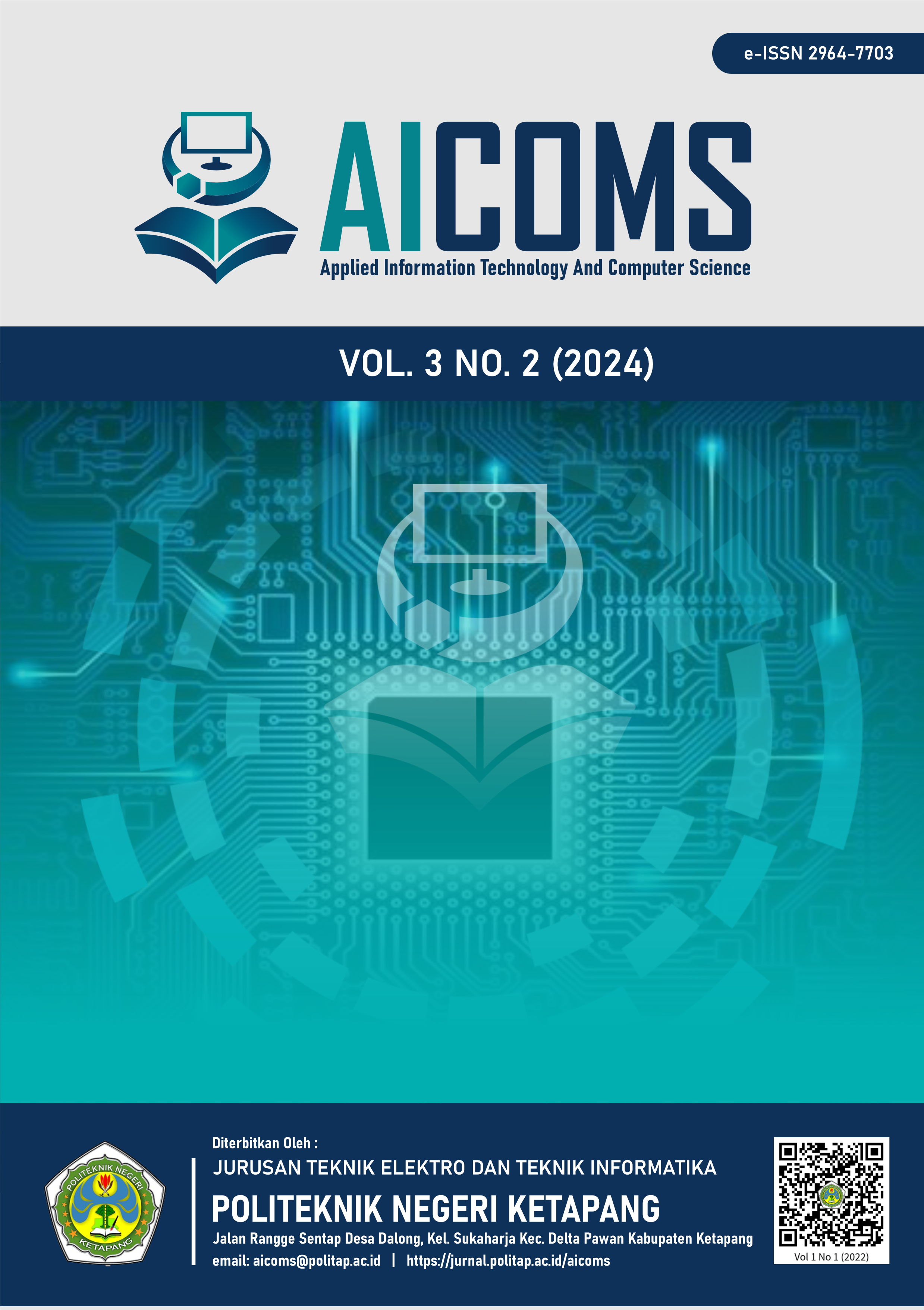Sentiment Analysis of Overclaim in Skintific Skincare Using BERT Algorithm
DOI:
https://doi.org/10.58466/aicoms.v3i2.1715Keywords:
deep learnig, bert algoritm, bauty industry, intagramAbstract
This year, the use of Skintific skincare products has experienced a significant surge in sales percentages. Based on observations in the beauty and cosmetics market, Skintific has recorded revenues reaching billions to trillions of rupiahs annually. This indicates that business opportunities in the beauty industry are highly promising, especially in recent years. However, intense competition in the beauty industry has given rise to numerous new cosmetic brands that often promote their products excessively, a practice known as overclaim. This behavior is often carried out unconsciously, yet it misleads targeted consumers and constitutes fraudulent practices. In this study, the author conducted a scraping process of customer reviews on Skintific cosmetics from Instagram, one of the popular social media platforms. The approach used was a Deep Learning method with the BERT (Bidirectional Encoder Representations from Transformers) algorithm. The research analyzed 1,000 customer reviews from the official Instagram account of Skintific. The findings reveal that the phenomenon of overclaim in Skintific products was only 0.0015% of the total reviews, which is starkly lower compared to other cosmetic products in the beauty industry
References
N. Nadya, “Peran Digital Marketing Dalam Eksistensi Bisnis Kuliner Seblak Jeletet Murni,” JRMB (Jurnal Riset Manajemen Dan Bisnis), Fakultas Ekonomi UNIAT, Oct. 2016, doi:10.36226/jrmb.v1i2.17.
Bengio, Y.; Simard, P.; Frasconi, P. IEEE transactions on neural networks, 5, 157–166,1994.
Primartha, Rifkie. Belajar Machine Learning Teori Dan Praktik. Palembang, 2018. 1.
Grootendorst, M., “BERTopic: Neural Topic Modeling with a Class-based TF-IDF Procedure” arXiv preprintarXiv:2203.05794, 2022.
Grootendorst, M., “BERTopic”, 11 September 2022. [Online]. Available:https://github.com/MaartenGr/BERTopic.
Terragni, S., Fersini, E., Galuzzi, B. G., Tropeano, P., dan Candelieri, A., “OCTIS: Comparing and Optimizing Topic Models is Simple!” in Proceedings of the 16th Conference of the European Chapter of the Association for Computational Linguis-tics:System Demonstrations, 2021, p. 263–270.FLEXChip Signal Processor (MC68175/D), Motorola, 1996.
Kurniawan, Bayu, A. Ari Aldino, and A. Rahman Isnain. "Sentimen Analisis Terhadap Kebijakan Penyelenggara Sistem Elektronik (Pse) Menggunakan Algoritma Bidirectional Encoder Representations From Transformers (Bert)." J. Teknol. dan Sist. Inf 3.4 (2022): 98-106.
Nayla, A., Setianingsih, C., & Dirgantoro, B. (2023). Deteksi Hate Speech Pada Twitter Menggunakan Algoritma BERT. eProceedings of Engineering, 10(1).
Junita, E. A., & Suryono, R. R. (2024). Analisis Sentimen Hate Speech Mengenai Calon Wakil Presiden Indonesia Menggunakan Algoritma BERT. JIPI (Jurnal Ilmiah Penelitian dan Pembelajaran Informatika), 9(4), 2042-2053.
Kusuma, R. M. R. W. P., & Yustanti, W. (2021). Analisis Sentimen Customer Review Aplikasi Ruang Guru dengan Metode BERT (Bidirectional Encoder Representations from Transformers). Journal of Emerging Information System and Business Intelli-gence (JEISBI), 2(3).
Afifa, N., Saputra, R. E., & Nugrahaeni, R. A. (2023). Implementasi NLP Pada Chatbot Layanan Akademik Dengan Algoritma Bert. eProceedings of Engineering, 10(1).








